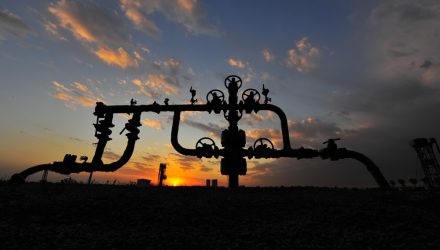The growth opportunities for midstream today are largely centered around natural gas and natural gas liquids as opposed to oil.
Stacey Morris, CFA, director of research at Alerian, said that part of this relates to the ongoing overcapacity for crude pipelines out of the Permian — the most prolific basin in the U.S. — but this also speaks to the wide range of opportunities related to growing natural gas production and demand.
A constructive long-term outlook for U.S. liquefied natural gas (LNG) exports, enhanced by recent geopolitical events, adds to the positive macro backdrop.
While recent, counter-seasonal price spikes have made headlines, the long-term fundamental outlook for U.S. natural gas remains strong, according to Morris. Natural gas prices briefly jumped above $8 per million British thermal unit (MMBtu) intra-day on April 18 and have lately traded around $7/MMBtu, with price support stemming from colder temperatures, strong LNG export demand, and below-average inventories.
“The price jump is particularly notable given that this is normally the time of year when natural gas prices moderate due to lower demand,” Morris said. “Looking past the current strength, the long-term outlook for US natural gas is supported by plentiful resources and growing demand driven by LNG exports, industrial consumption, and power generation.”
The U.S. Energy Information Administration (EIA) forecasts that U.S. natural gas demand will grow through 2050, and production is expected to grow by over 20% from 2021 to 2050.
The expected growth in natural gas production and demand will require additional energy infrastructure.
There are various pipeline opportunities for midstream companies, whether it’s takeaway from the Permian or Haynesville, pipelines to supply LNG export facilities, or additional pipeline capacity to service power plants, Morris wrote. Midstream companies are evaluating potential natural gas pipeline projects from the Permian to alleviate a looming bottleneck as production grows.
Outside of the Permian, Morris pointed to notable growth in gas production from the Haynesville in East Texas and Northwest Louisiana. The Haynesville’s proximity to the LNG export facilities on the Gulf Coast represents a distinct advantage, despite higher well costs due to deeper targets (compared to the Marcellus, for example), according to Morris.
For more news, information, and strategy, visit the Energy Infrastructure Channel.

